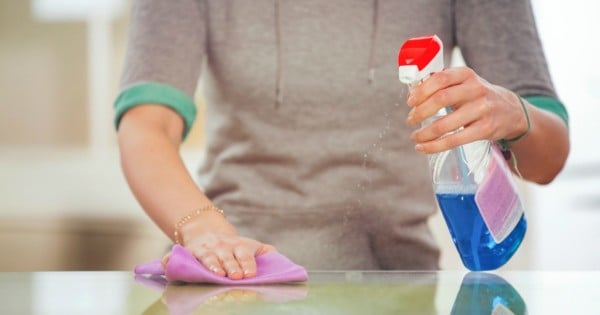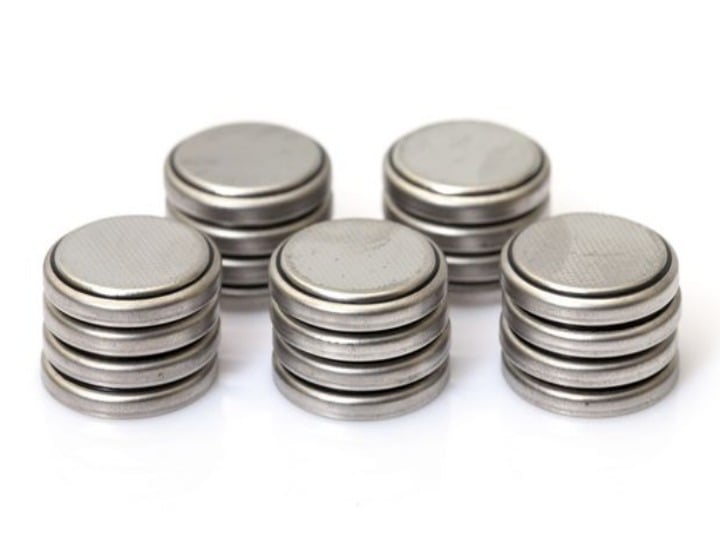
From glow sticks to button batteries to the stuff you use to clean your toilet the list of products that land our kids in hospital each year is frightening.
A report released by the Australian Competition and Consumer Commission has found that cleaners, detergents, bleach, toilet cleaning products, nail polish remover and glow sticks are leaving almost 2500 children admitted to hospital every year due to poisonings.
The ACCC found that the ones we have to watch the most carefully are our two-year-olds who have the highest incidence of accidental poisoning.
The study found that in the period June 2014 to May 2015 – to the NSW poisons information centre alone – 1,373 calls were for “all purpose cleaners”( the spray type you use to clean surfaces), 1,129 for bleach, over 1000 for detergent, 900 for silica gel. Hand sanitisers, laundry detergent, glow sticks, nail polish removers and petrol were also in high numbers on the list.
Fairfax Media reports most common form of chemical exposure is through ingestion.
“This is followed by ocular and dermal exposures and exposure by inhalation. Calls relate to exposures that result in a wide range of symptoms including internal symptoms, skin reactions and burns” ACCC deputy chair Delia Rickard said.
“The most serious incidents relate to carbon monoxide exposure, button batteries, caustic cleaners such as oven and BBQ cleaners, acids, pool chemicals, household bleaches and herbicides.”





Top Comments
Fairfax Media reports most common form of chemical exposure is through INGESTION.
Why haven't you included Fluoride in this list?
On the box of toothpaste is states it contains Sodium Fluoride (1100 ppm Fluoride) AND the instructions DO NOT SWALLOW. DO NOT USE THIS PRODUCT IN CHILDREN SIX YEARS of age or less. In case of INTAKE OF FLUORIDE FROM OTHER SOURCES CONSULT A DENTIST OR DOCTOR.
Well, I know of at least one other source. THE TAP WATER WE INGEST.
Fluoride in tap water has never been proven to be harmful; in fact it has been proven to be beneficial for children's dental health, sharply reducing the rate of childhood cavities. The toothpaste label has to say that to cover their bases so they can't be sued by people like you.
Because noones been admitted to hospital with floride poisoning due to drinking tap water.
You do not have to TYPE IN CAPS to stress your point. There is endless data to prove the benefits of adding fluoride to tap water. You choose to ignore it. Because conspiracy theorists like yourself love anecdotal evidence, here's some, there are 24 million Australians, the majority of which drink tap water, with no adverse effects.
It's one thing to try besmirch and disparage me but labeling a nobel prize winner as a conspiracy theorist might come off a little arrogant:
2000 NOBEL PRIZE WINNER IN MEDICINE OPPOSES FLUORIDATION
http://www.nofluoride.com/PDF/...
See how you go in your analysis of the following research paper WITHOUT the benefit of my highlights!
Physiologic Conditions Affect Toxicity of Ingested Industrial Fluoride
http://www.hindawi.com/jour...
I look forward to your conclusions.